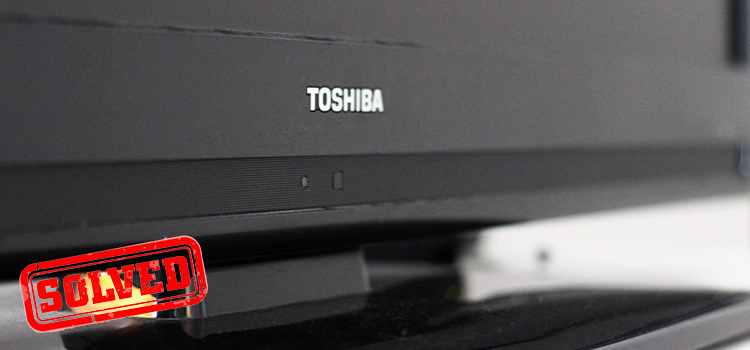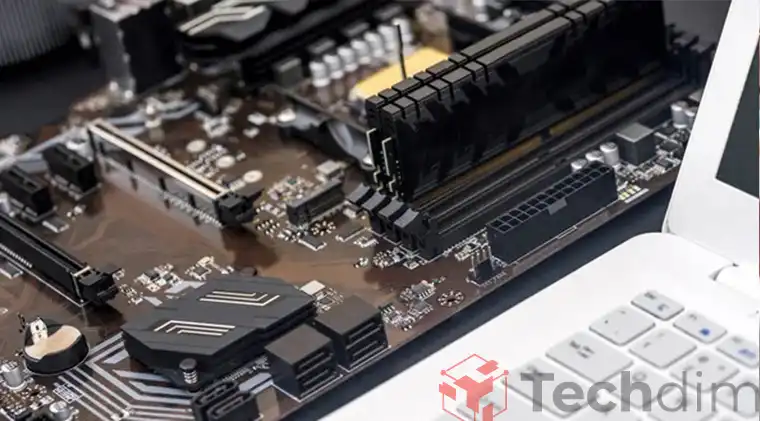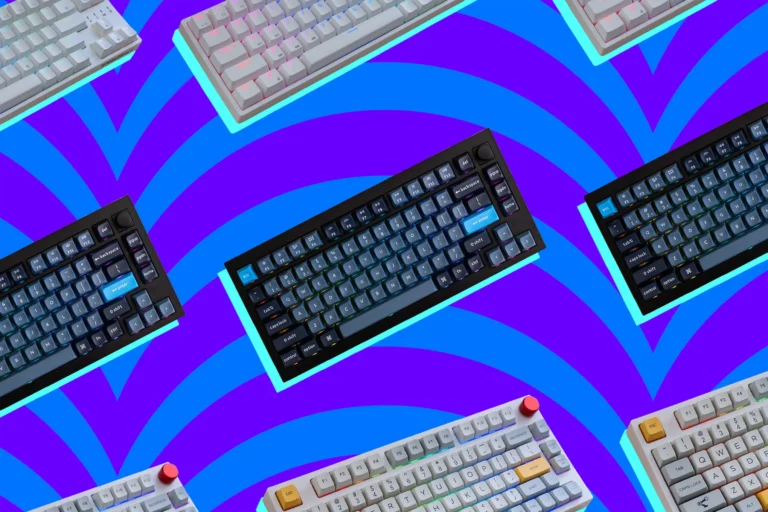Does HDMI 2.0 Support 144Hz? Importance and Enable Process
Refresh rate is the number of times per second that a display updates its image. A higher refresh rate means that the image is updated more frequently, which results in a smoother and more fluid viewing experience.
High refresh rates are especially important for gaming, as they can help to reduce screen tearing and stuttering. Screen tearing occurs when the image on the display is updated out of sync with the graphics card, while stuttering occurs when the image is not updated smoothly.
To answer the question, Yes, HDMI 2.0 supports 144Hz refresh rates at 1080p and 1440p resolutions. This means that you can use an HDMI 2.0 cable to connect a 144Hz monitor to your computer or gaming console and enjoy smooth and fluid gameplay.
However, it is important to note that both your display and your source device must support HDMI 2.0 and 144Hz in order to achieve this refresh rate. If either device does not support HDMI 2.0 or 144Hz, you will be limited to a lower refresh rate.
Additionally, some HDMI cables may not be able to handle the high bandwidth required for 144Hz gaming. It is important to use a high-quality HDMI cable that is certified for HDMI 2.0.

Why is HDMI 2.0 Important for 144Hz Gaming?
HDMI 2.0 has a higher bandwidth than previous versions of HDMI, which means that it can support higher refresh rates and resolutions. HDMI 2.0 also supports a number of other features that are important for gaming, such as HDR (high dynamic range) and VRR (variable refresh rate).
HDR provides a wider range of colors and brightness levels, which can result in a more immersive and realistic gaming experience. VRR helps to eliminate screen tearing and stuttering by synchronizing the refresh rate of the display with the frame rate of the graphics card.
How to Enable 144Hz on Your Display?
To enable 144Hz on your display, you will need to connect it to your computer or gaming console using an HDMI 2.0 cable. You will also need to make sure that your display is set to 144Hz in the display settings.
On Windows, you can change the refresh rate of your display by right-clicking on the desktop and selecting “Display settings. Then, click on “Advanced display settings” and select the desired refresh rate from the drop-down menu.

On Mac, you can change the refresh rate of your display by clicking on the Apple menu and selecting “System Preferences”. Then, click on “Displays” and select the desired refresh rate from the drop-down menu.
Once you have enabled 144Hz on your display, you will need to make sure that your computer or gaming console is outputting a signal at 144Hz. You can usually do this by going into the display settings and selecting 144Hz as the refresh rate.
Troubleshooting 144Hz issues
If you are experiencing problems with 144Hz, there are a few things you can try:
- Make sure that your display and source device both support HDMI 2.0 and 144Hz.
- Use a high-quality HDMI cable that is certified for HDMI 2.0.
- Make sure that your display is set to 144Hz in the display settings.
- Make sure that your computer or gaming console is outputting a signal at 144Hz.
- Try restarting your computer or gaming console.
- Try updating your graphics card drivers.
- Try using a different HDMI port on your display and source device.
- If you are still experiencing problems, you may need to contact the manufacturer of your display or source device for further assistance.
Final Words
HDMI 2.0 is a great option for high refresh rate gaming. It supports 144Hz refresh rates at 1080p and 1440p resolutions, as well as a number of other features that are important for gaming, such as HDR and VRR. If you are looking to buy a new display or graphics card for high refresh rate gaming, be sure to choose one that supports HDMI 2.0.
Subscribe to our newsletter
& plug into
the world of technology





